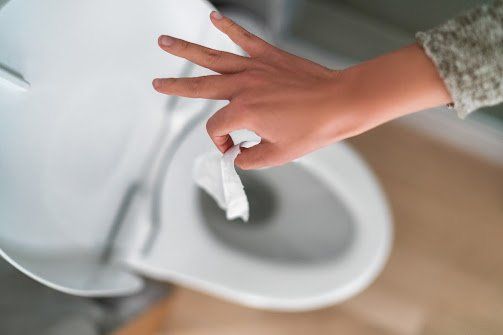Five Septic Tank Maintenance Tips You Should Observe

Septic tanks play a significant role in wastewater management. If you don't care for these facilities, they can cause toilet backups, foul odor, or compromise your plumbing system.
As a homeowner, care for your septic tank to prevent damages, protect your health and ensure proper waste treatment. Read on to discover some septic tank maintenance practices you should observe.
1. Pump Your Septic Tank Frequently
Septic tanks process wastewater and break it into three layers, which are scum, sludge, and effluent. Pump your facility often to eliminate accumulated wastewater and sludge. This step will also remove the oils and grease that float at the top and slow down bacterial activity.
The frequency you need to pump a septic tank will vary based on various factors. For example, if you have a large household that uses water frequently, you need to empty the system more often. On the other hand, the tank may take time to fill if you have a small household and a large sewer facility.
Contact a septic tank specialist in your area to determine how often you should pump. These experts will recommend a suitable schedule based on your household size and the generated wastewater.
2. Get Septic Tank Inspection Services
Septic tanks can damage or malfunction due to clogged drains and poor pH balance. Get regular inspection services to confirm if the system is in optimal condition.
Septic tank specialists can check the facility for signs of damage and repair them. The experts may also advise you to cut nearby trees that extend roots to the system and cause significant damage.
You can avoid expensive repairs and premature wear and tear when you get regular septic tank inspections. Such services also avoid critical issues like water contamination and health hazards.
3. Limit What You Flush
Your septic tank may malfunction if you flush diapers, wipes, and female sanitary products. Such items will clog drainage pipes and slow down wastewater flow. The products may also leak unwanted chemicals in the facility and kill bacteria that break down sewage.
Understand the items you shouldn't flush in your toilet and other drains to protect your septic tank. Check the manufacturer's instructions when you aren't sure a product is safe for the system.
Items labeled flushable are often biodegradable and break down in the septic tank. Still, the products may fill the tank quickly and necessitate frequent pumping. The best practice is to limit the items you flush in the toilet to human waste, water, and toilet paper.
4. Get Professional Repair Services
You may opt to repair your septic tank without professional help to save money. Unfortunately, this step can lead to secondary damages and higher costs in the long run. Septic tank DIY repair projects are also risky without the proper safety tools and sanitary equipment.
Get repair services from an expert to protect your septic tanks and enhance safety. These professionals understand the best practices for each type of damage and use proper tools for repairs. They also have adequate experience, which allows them to protect your facility's integrity during the job.
You avoid recurrent repairs when you hire an expert to fix a septic tank. This measure also helps you identify minor damages that are yet to show signs and deal with them promptly.
5. Manage Water Usage
High water usage can affect waste breakdown and kill essential bacteria due to harsh cleaning products.
Use modern and efficient toilets that require less water to flush. Further, replace your shower heads with advanced designs that restrict water flow. Another way to lower water usage is to select a suitable washing machine and run full loads.
Septic tank upkeep can safeguard your systems then reduce repair and replacement costs. At Southern Sanitary Systems Inc, we offer reliable maintenance services in Sarasota, FL, and nearby areas. Call us today for a free cost estimate.







